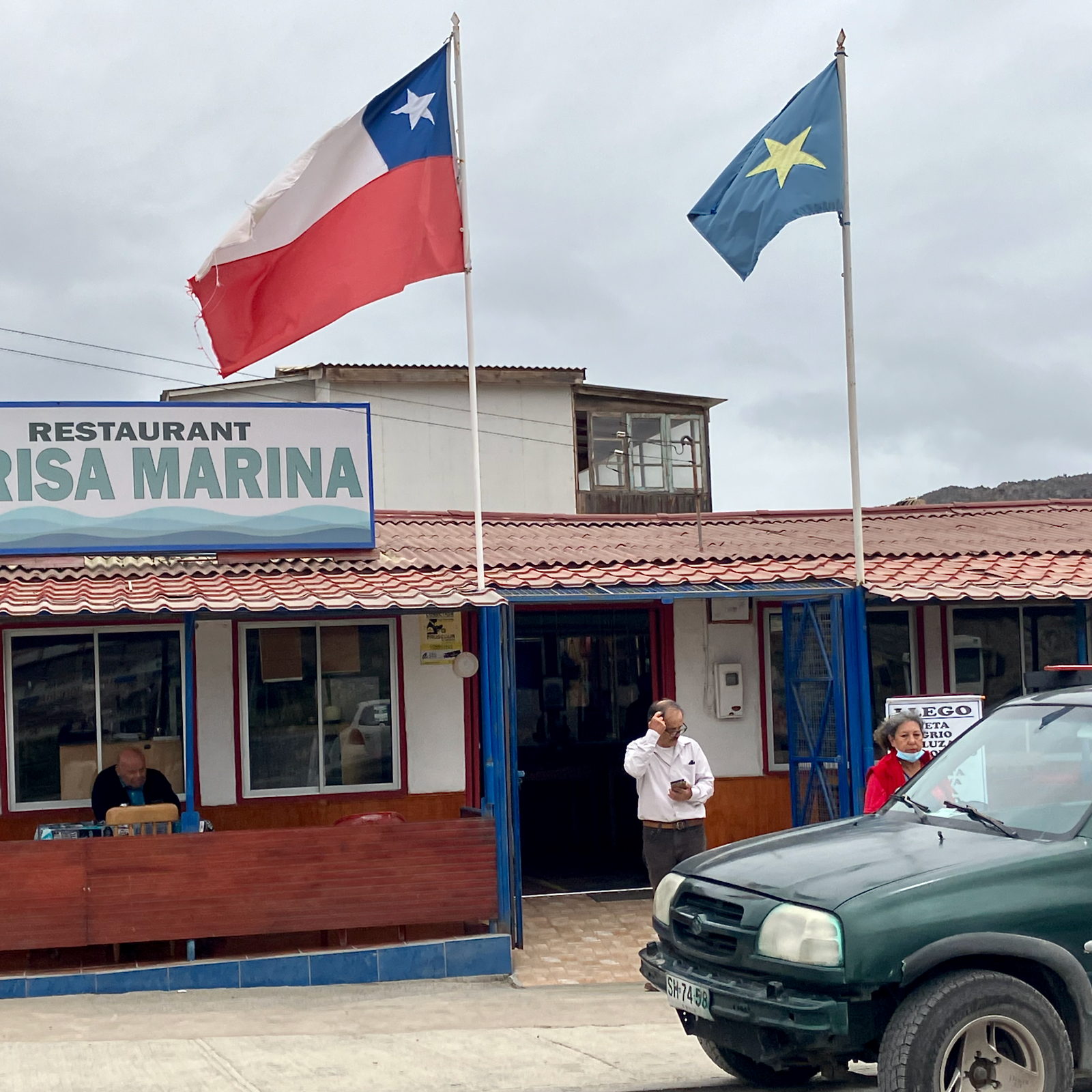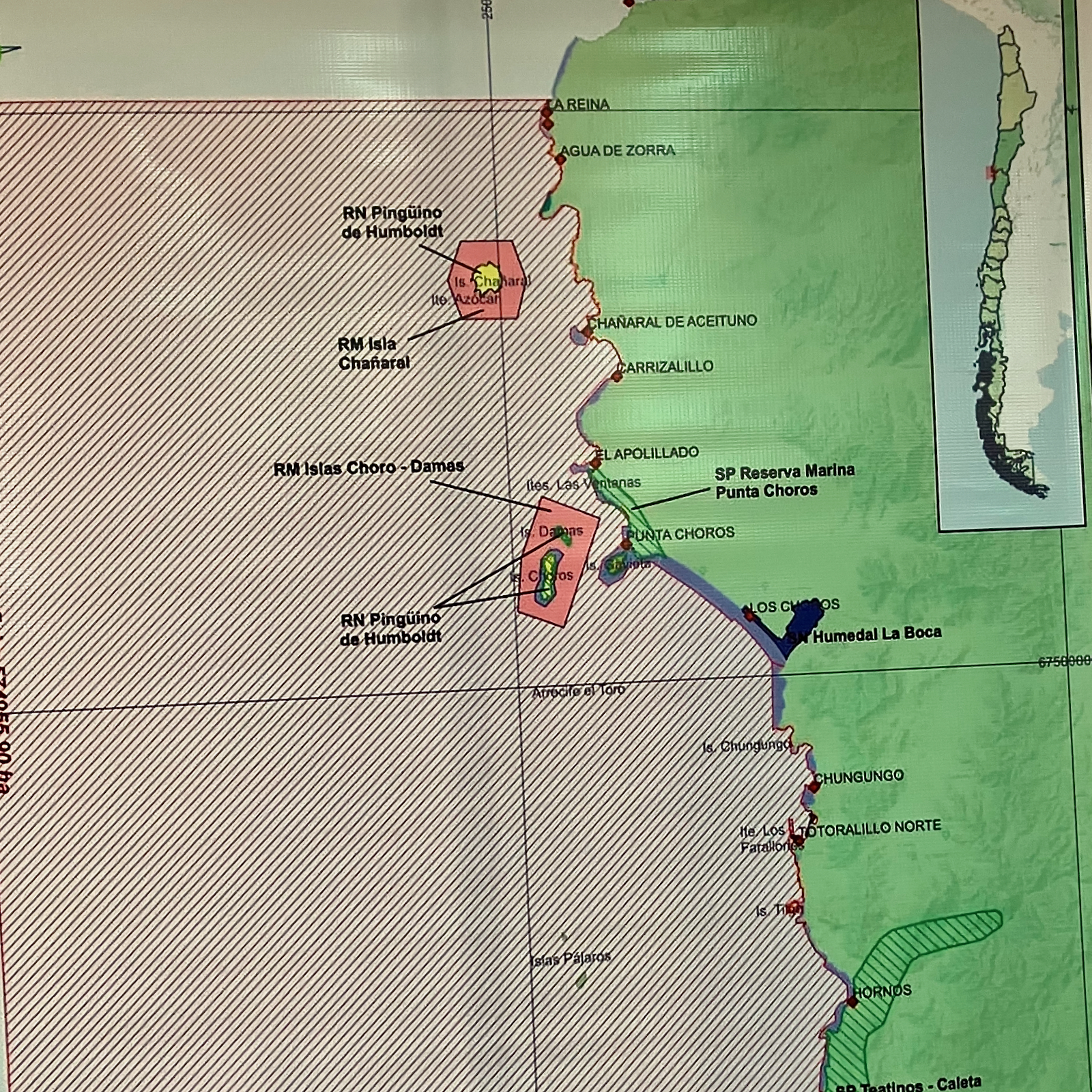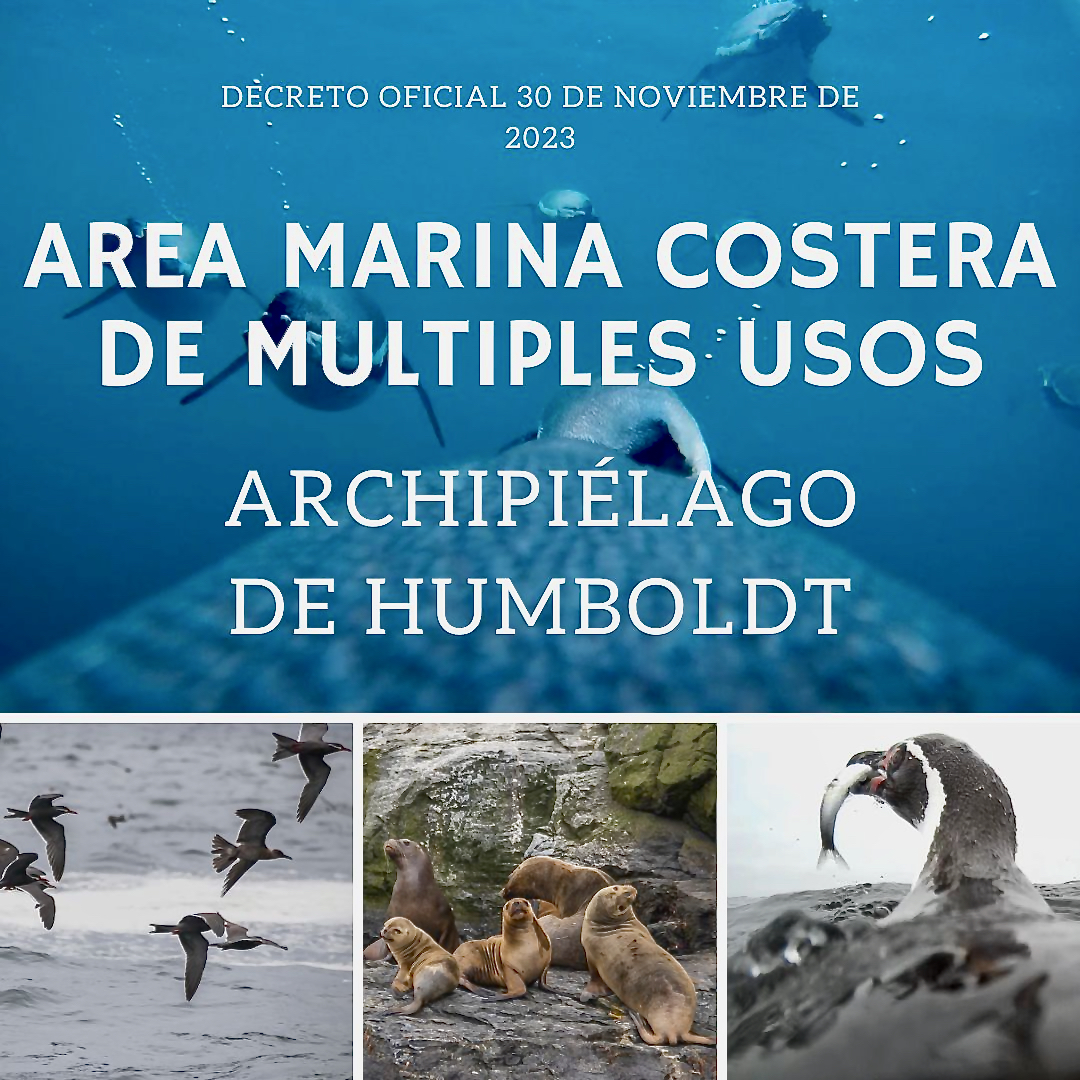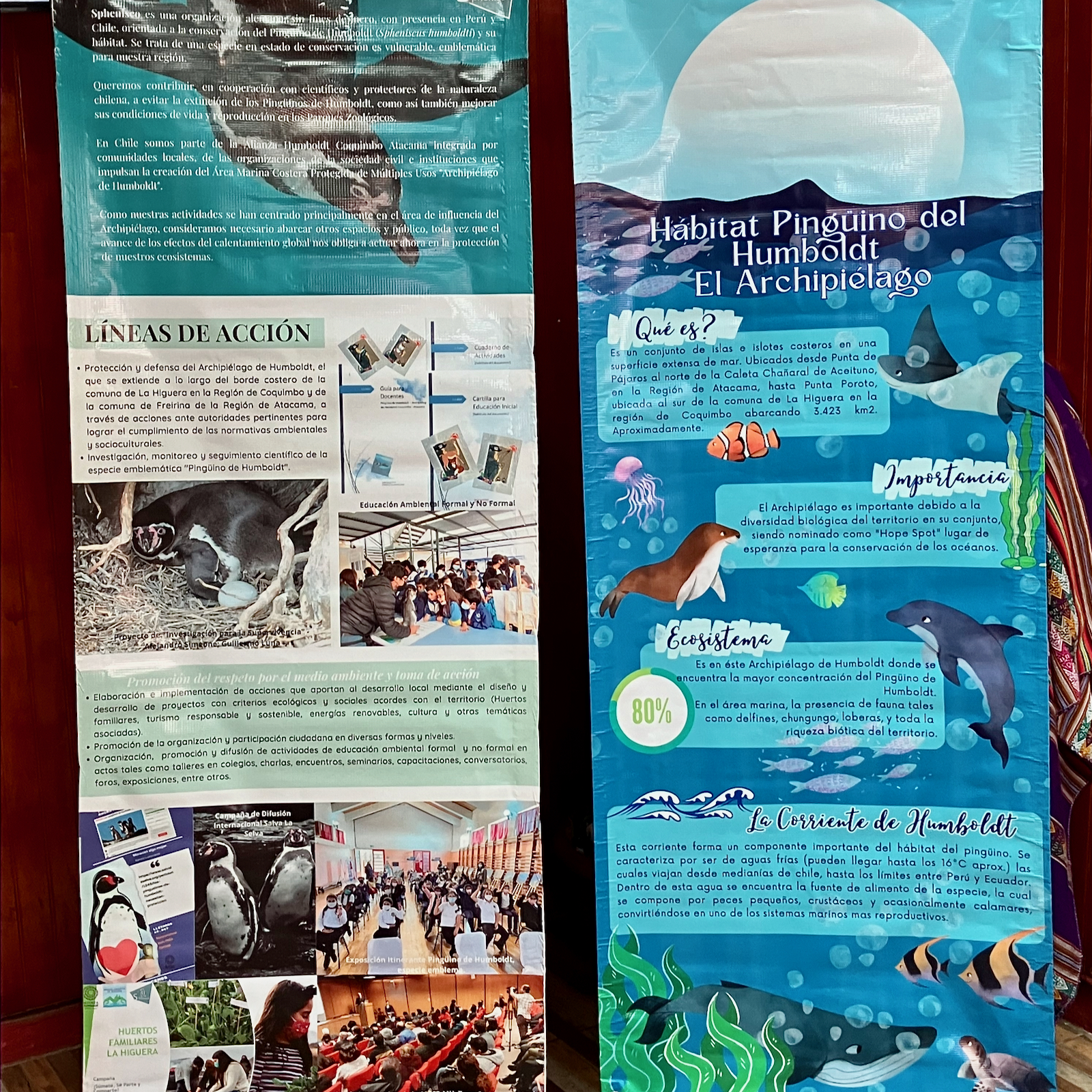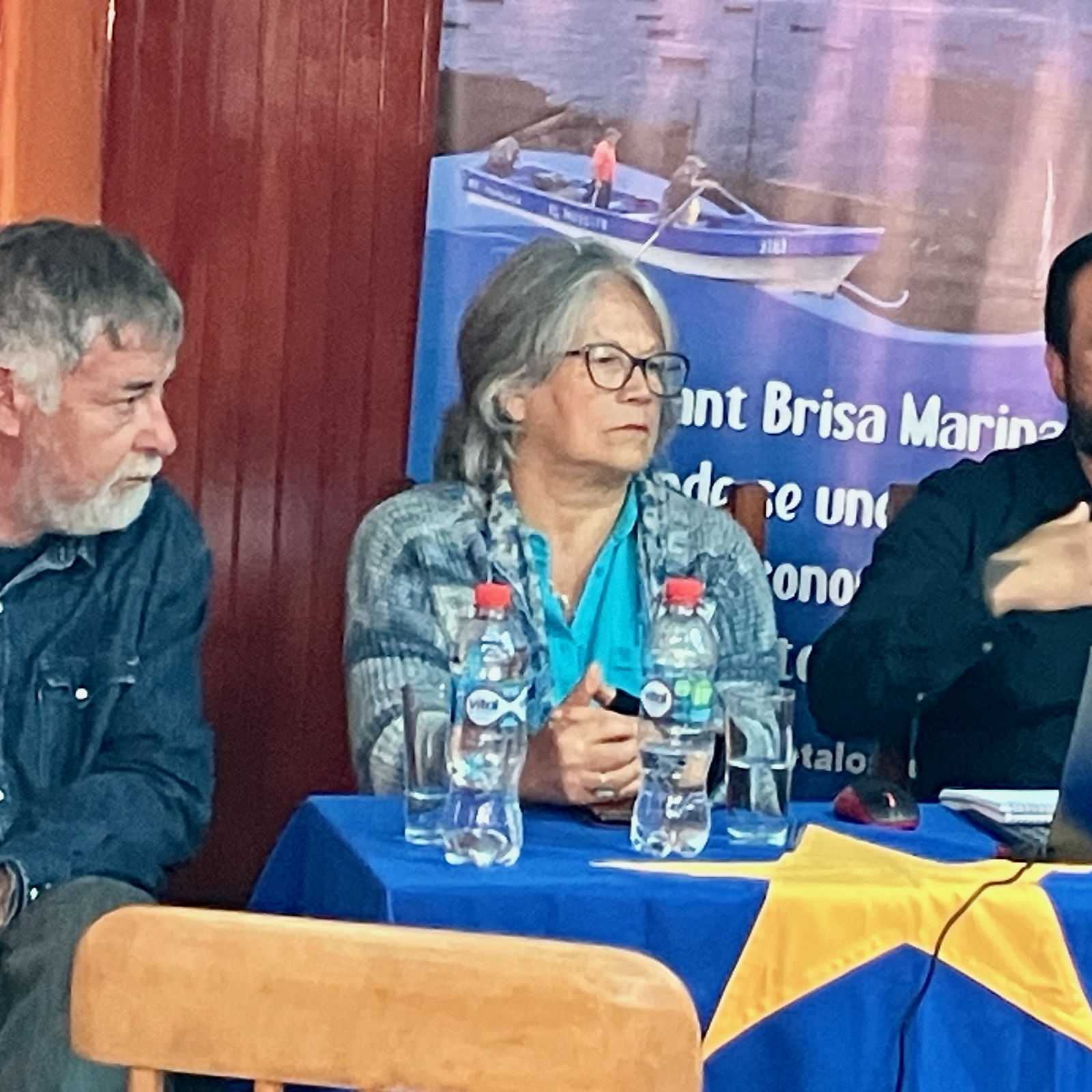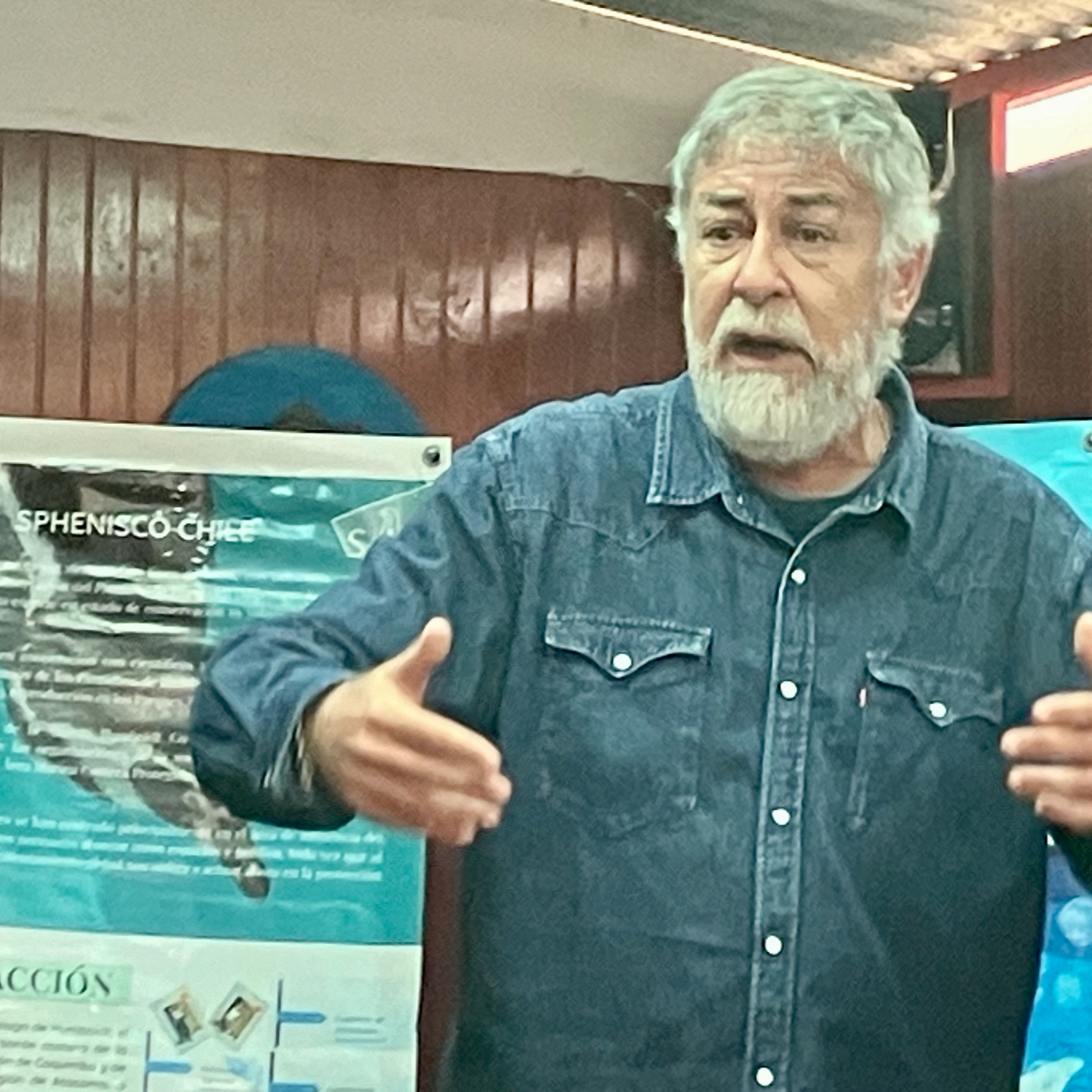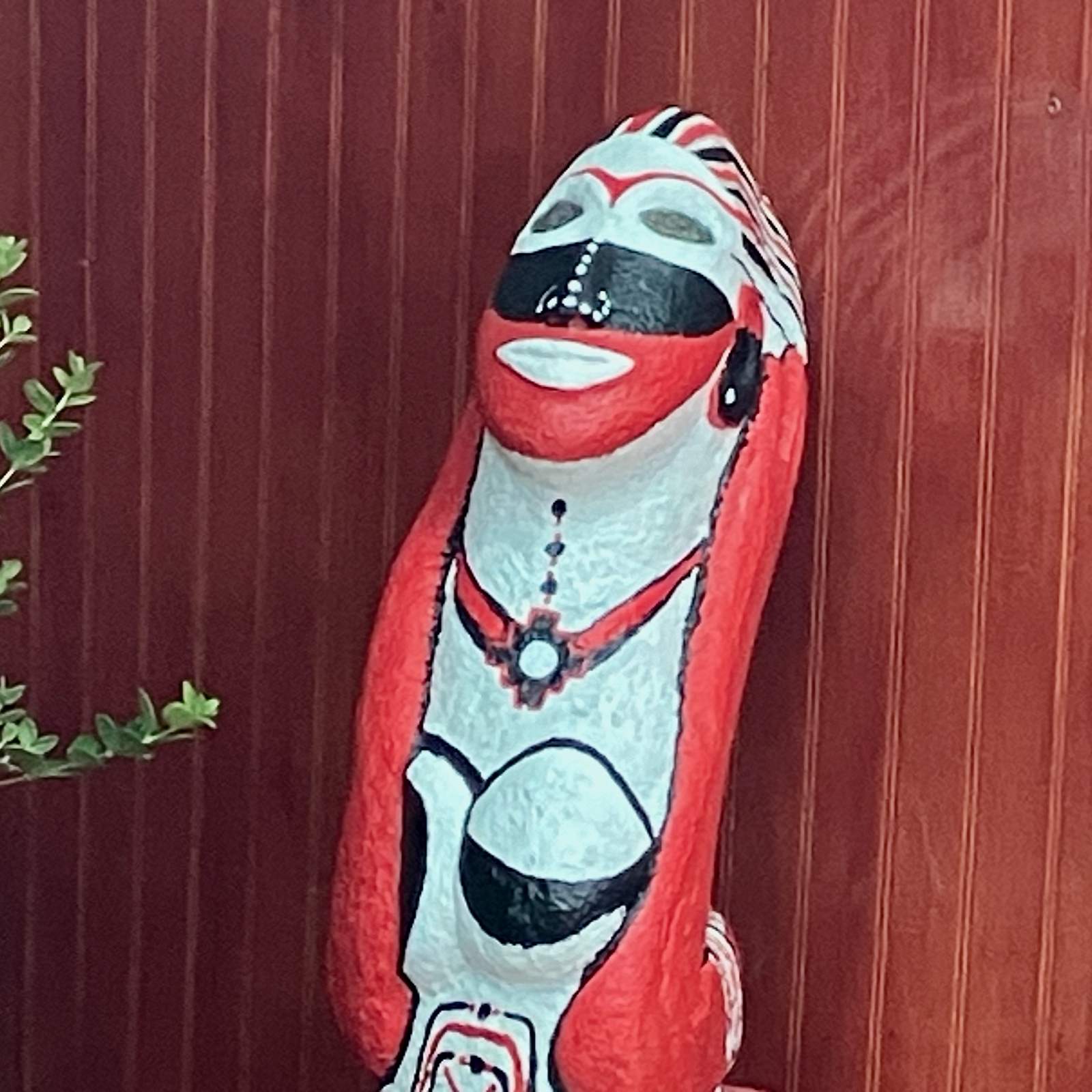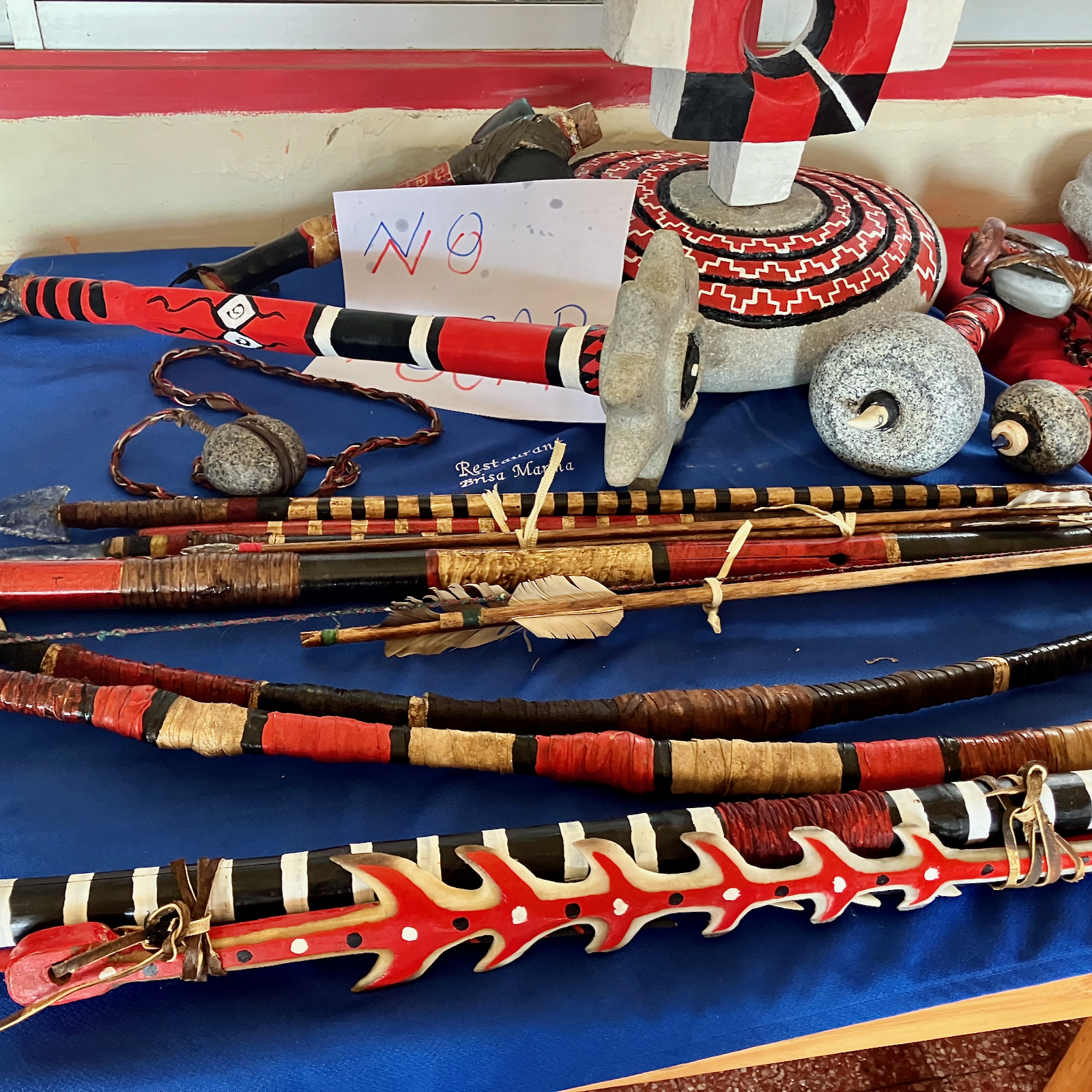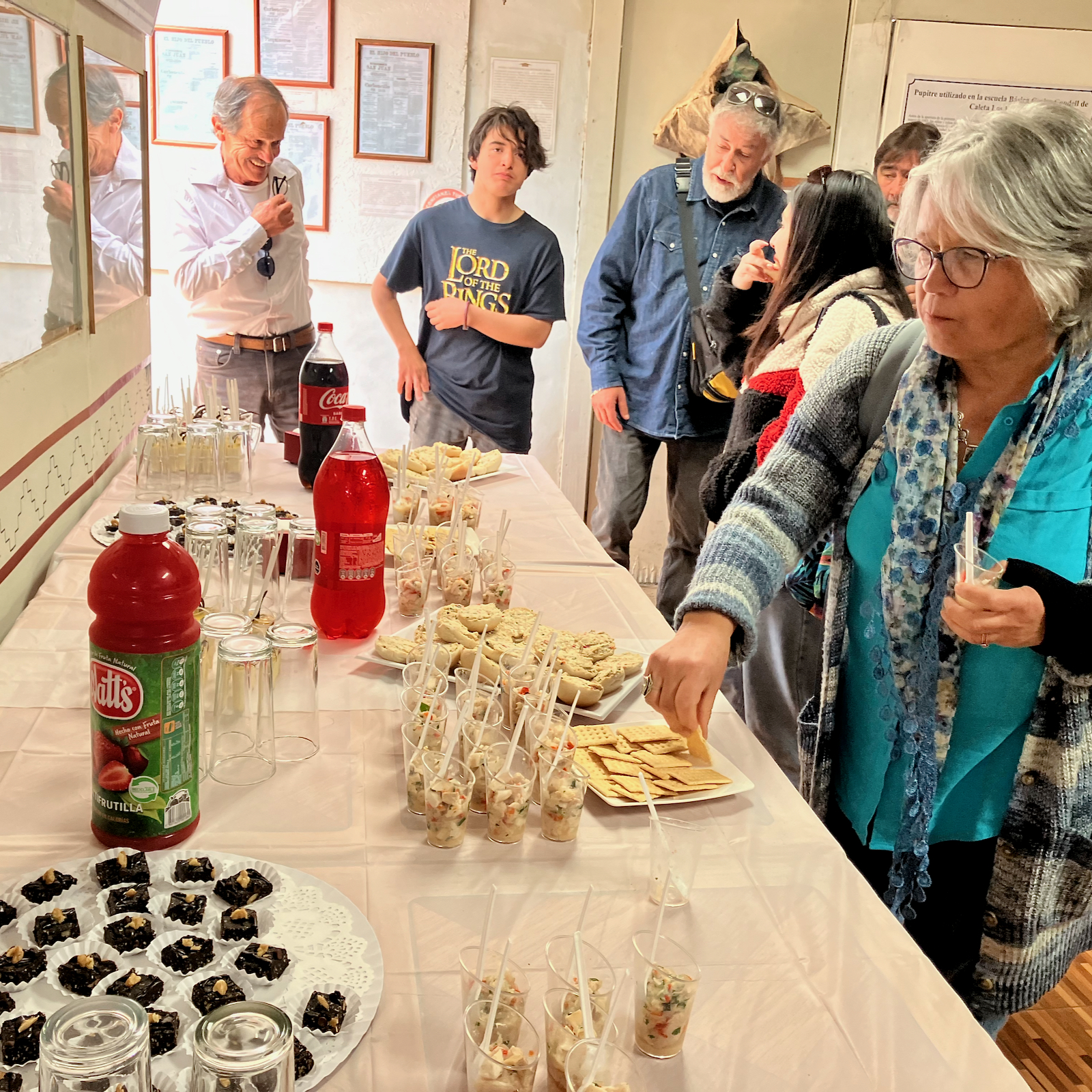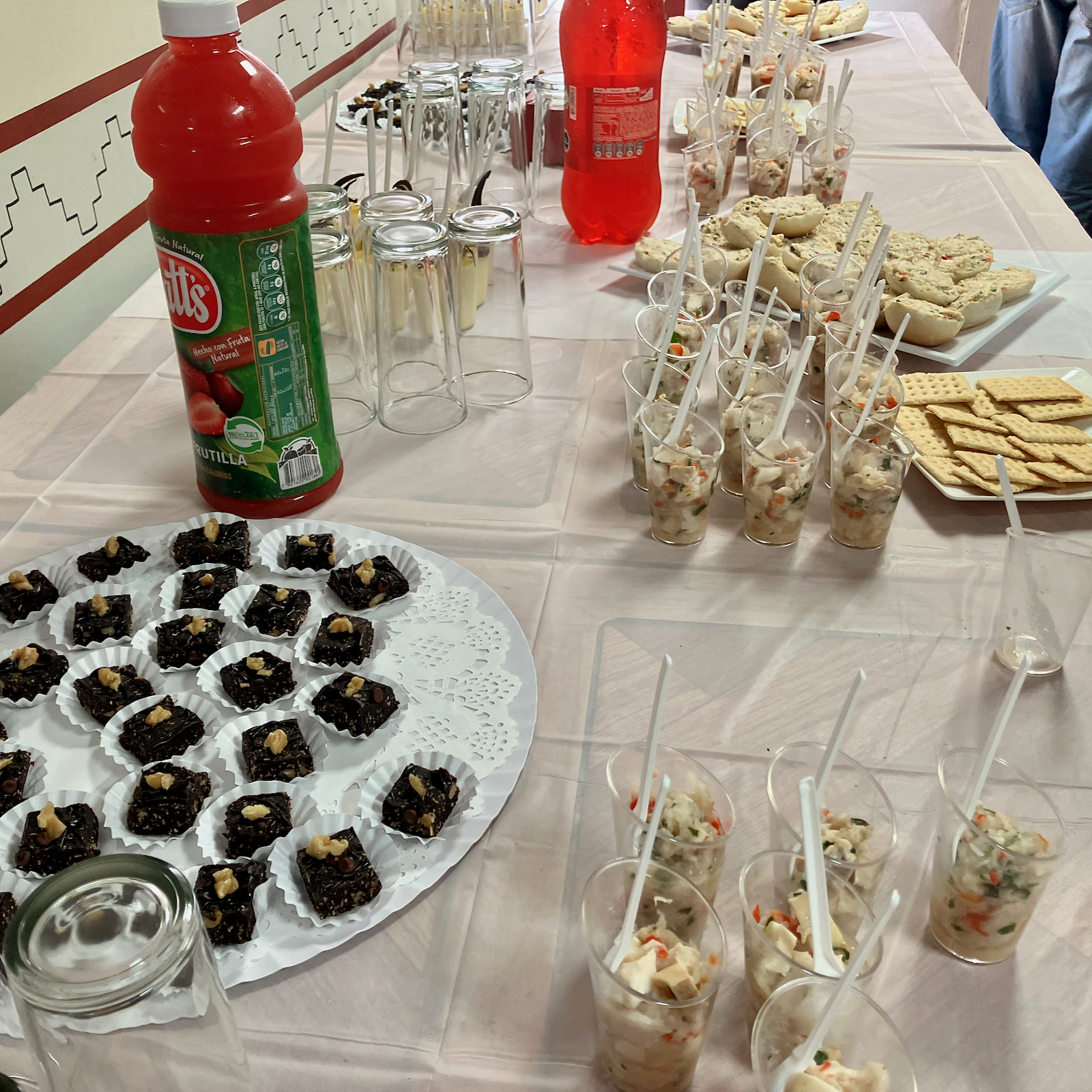La Serena 30th November 2023. On August 11, the Boric government's Council of Ministers for Sustainability approved the "Humboldt Archipelago Marine Protected Area". This week, the declaration of the "conservation zone with different uses" was published in the official gazette. A management plan for the protection zone can and must now be drawn up within a legally prescribed period of two years. This is the responsibility of the Ministry of the Environment, represented by the Undersecretaries for the Environment, Natalia Penroz for the Atacama region and Leonardo Gros for the Coquimbo region.
Since the government's decision in favor of the "Humboldt Archipelago Marine Protected Area", the companies Andes Iron, Compañía Minera del Pacífico (CMP) and their supporters have continued to be very active. They regularly spread misinformation in the media, implement projects in the coastal villages, e.g. they have sidewalks paved, provide a network for the internet, settle new residents and promote tourism. Their opponents, or supposed opponents, are overloading them with lawsuits. Not only environmental activists are affected, but also the Environment Minister Maisa Rojas C. and Leonardo Gros, Undersecretary for the Environment of the Coquimbo region. He had misspoken at the meeting of the Council of Ministers in July and was subsequently charged with making false statements (see also "Projects Chile" of 15th July and 23rd November).
On 22nd November, the Sphenisco team - Nancy Duman, Karen Quezada and Werner Knauf - had the opportunity to talk to Leonard Gros. For some time now, contacts with political leaders in Chile have been recorded in a transparency system. Everyone - citizens, representatives of institutions and companies - must register their request for a meeting and state their concerns. Sphenisco's concern was the "Humboldt Archipelago Marine Protected Area" and the national plan for the conservation of the Humboldt penguin, which was also adopted by the Boric government. Werner Knauf began by presenting Sphenisco's development and projects. The Sphenisco representatives then asked about the national plan for the conservation of the Humboldt Penguin, which was adopted in September after 12 years of consultations. As the plan has not yet been published, it remains to be seen whether it has the potential to really improve protection. The Undersecretary of State assessed the plan positively and promised to make the entire document available to Sphenisco as soon as it was published.
With regard to the management plan, the Undersecretary first pointed out that the "Marine Protection Humboldt Archipelago" is still very controversial. He described the drafting of a statute, development and establishment of a management and advisory body for the protection zone as a major challenge for the Ministry of the Environment and also for himself personally. It is important to him to intensively involve all those affected, especially citizens and scientists. The aim of the Ministry is to manage the protected zone in such a way that the productivity of the marine zone is maintained and excessive use or damage to the resources is prevented. He sees the available scientific data as an important basis and orientation for this. He very much welcomes the fact that Sphenisco will continue to support the creation of the conservation zone with public relations and educational work, as well as promoting the eminently important research on the Humboldt Penguin.
On 25th November, an event was held at the Brisa Marina restaurant, Caleta Los Hornos, with the theme "¿Qué entendemos por áreas marinas protegidas de múltiples usos?" (What do we mean by a multi-use marine protected area). The historian and restaurant owner José Aguilera from Los Hornos had asked Nancy Duman (Alianza Humboldt, Sphenisco) and Undersecretary of State Leonardo Gros to speak on the topic. Around 30 people took part in the event, which was organized with the support of Sphenisco.
Nancy Duman outlined the long and arduous path to the declaration of the protection zone and pointed out that the protection zone was decided by three different governments, but the actual extension of the archipelago was only considered by the Boric government. She then described the gradation and differences between the protection categories
- Área marina costera protegida de multiples usos-AMCP-MU (Marine and coastal protected areas for multiple uses),
- Reserva Marina (Marine Protected Area),
- Santuario de la Naturaleza (Nature Sanctuary) and
- Parque Marino (Marine Park).
The Undersecretary followed on from this and explained what is permitted or prohibited in the various protected areas. He made it clear that many types of use are possible in an AMCP-MU, but that these are measured against the criterion of sustainability. Industrial projects such as mining and port projects are also possible in principle if their sustainability or harmlessness to the ecosystem is proven in the environmental assessment process.
The comments provoked very detailed critical objections from fishermen who support the mining and port projects. They distrust the state and the authorities and defend their commitment to the megaprojects by claiming that their interests are already not sufficiently protected and that no measures are being taken to prevent their economic decline. They believe that they will once again be disadvantaged in the design of the marine protection zone and are therefore pinning their hopes on the mining and port projects. These fishermen could not be won over for a joint design of the marine protection zone.
The event ended with an excursion into history. Host José Aguilera (historian and restaurant owner) explained how the population development of the municipality of La Higuera was dependent on the use of resources such as copper, iron and locos (sea snails / concholepas concholepas). To date, there have been no plans to develop the municipality in line with existing resources and other conditions. Among other things, he pointed out that there would be no more Locos today if the state had not intervened to regulate them in the 1980s. Last but not least, a craftsman presented sculptures, utensils and tools that he had made based on models from the Chango culture (1) (see pictures).
The delicious finger food after the presentations and discussion was a delight for supporters and critics alike and allowed for relaxed personal discussions.
W. K.
note
(1) The Changos, also known as Camanchacos or Camanchangos, are an indigenous people or group of peoples who inhabited a long stretch of the Pacific coast from southern Peru to northern Chile, including the coast of the Atacama Desert. Although much of the customs and culture of the Changos have disappeared and in many cases they were considered extinct, they have been legally recognized as an original indigenous people in Chile since 2020, and around 4,725 people self-declare that they belong to this ethnic group.
translated by Claudia Fawer



